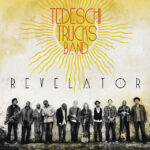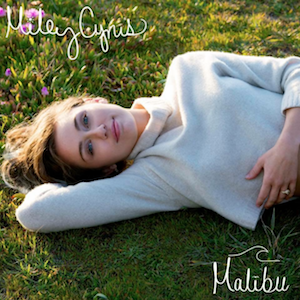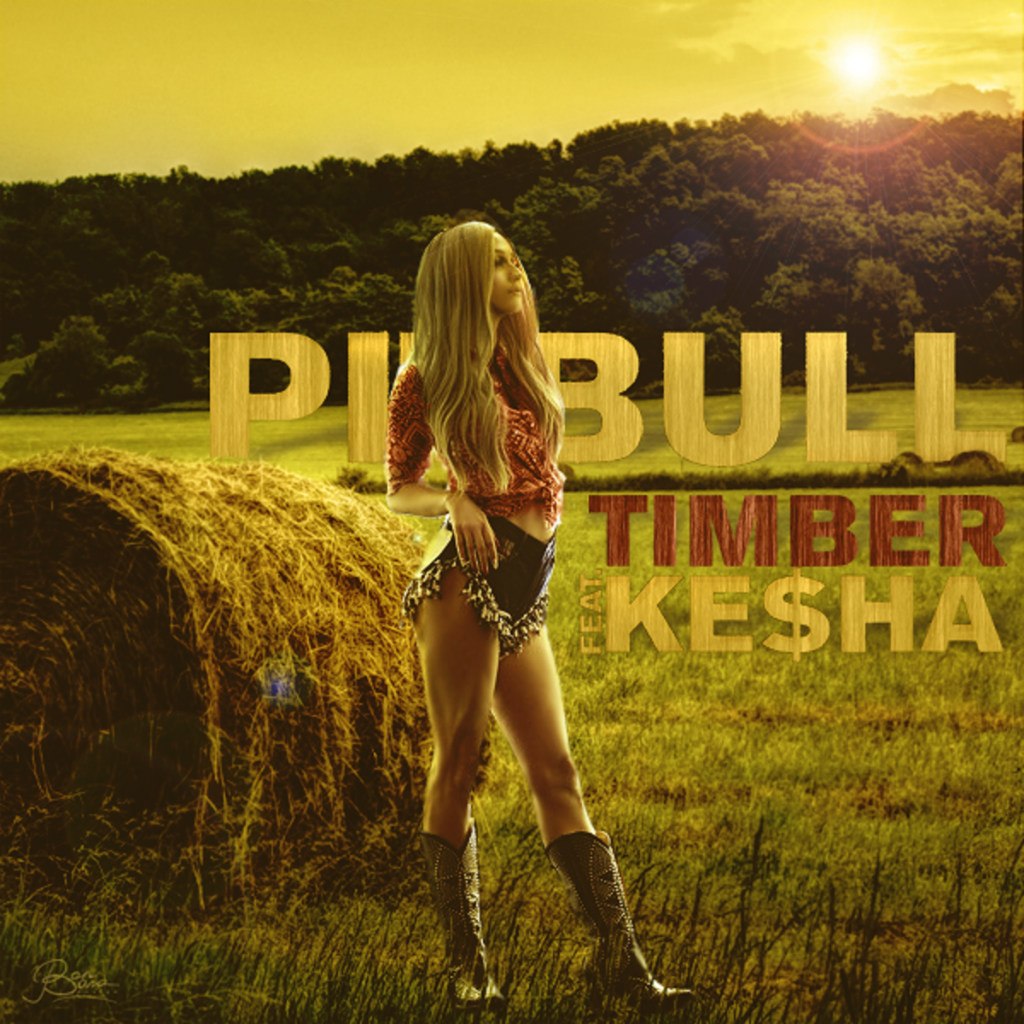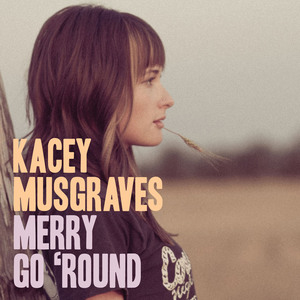 Tedeschi Trucks Band’s “Midnight in Harlem” is a masterclass in modern blues storytelling, blending sultry instrumentation, emotive vocals, and evocative lyricism to transport listeners into a late-night world of romance, longing, and soulful reflection. Featured on their 2011 debut album Revelator, the song has become one of the band’s most celebrated tracks, showcasing the musical alchemy of Susan Tedeschi and Derek Trucks alongside a powerhouse ensemble of talented musicians. With its slow-burning groove, lyrical imagery, and rich instrumental textures, “Midnight in Harlem” is both an homage to blues traditions and a forward-looking example of contemporary roots music.
Tedeschi Trucks Band’s “Midnight in Harlem” is a masterclass in modern blues storytelling, blending sultry instrumentation, emotive vocals, and evocative lyricism to transport listeners into a late-night world of romance, longing, and soulful reflection. Featured on their 2011 debut album Revelator, the song has become one of the band’s most celebrated tracks, showcasing the musical alchemy of Susan Tedeschi and Derek Trucks alongside a powerhouse ensemble of talented musicians. With its slow-burning groove, lyrical imagery, and rich instrumental textures, “Midnight in Harlem” is both an homage to blues traditions and a forward-looking example of contemporary roots music.
The track embodies everything that has made the Tedeschi Trucks Band a force in modern blues-rock: emotional depth, impeccable musicianship, and a commitment to storytelling through sound. Its success lies not only in technical mastery but in the ability to create an immersive emotional experience, inviting listeners to feel the streets, the moonlight, and the longing that define its narrative.
Origins and Context
By the time Revelator was released, Tedeschi Trucks Band had already begun making waves in the blues and jam-band communities. Formed in 2010 by guitar virtuoso Derek Trucks and powerhouse vocalist Susan Tedeschi, the band combined members from both artists’ previous projects, creating a supergroup capable of complex arrangements, intricate improvisation, and emotional resonance.
“Midnight in Harlem” was conceived as a song that would reflect both the band’s virtuosity and their ability to evoke vivid narrative landscapes. Harlem, with its rich history of jazz, blues, and urban storytelling, provided the perfect backdrop for a song steeped in late-night romance and reflective melancholy. Derek Trucks’ slide guitar and Susan Tedeschi’s soulful vocals anchor the track, guiding the listener through a musical journey that feels intimate, cinematic, and timeless.
The song was inspired by the atmosphere and mystique of Harlem at night—a place where history, culture, and emotion intersect. Tedeschi and Trucks sought to capture that mood musically, creating a sonic environment where every note, rhythm, and lyric contributes to the narrative, much like a cinematic score would frame a scene.
Musical Composition and Style
Musically, “Midnight in Harlem” is a slow-burning blues ballad with gospel, jazz, and soul undertones. The song opens with Derek Trucks’ signature slide guitar, which immediately sets a warm, evocative tone. The guitar’s fluid, almost vocal-like phrasing evokes longing and anticipation, creating a sense of movement through a nocturnal cityscape. Each note is deliberate, drawing the listener into the story the band is telling.
Susan Tedeschi’s vocal delivery is both intimate and commanding, balancing vulnerability with power. Her phrasing is careful, leaving space between lines for Trucks’ guitar to converse with her voice. This call-and-response dynamic between guitar and vocals is central to the song’s impact, giving it a conversational, almost improvisational feel reminiscent of live blues performances.
The rhythm section—comprising bass, drums, and subtle percussion—maintains a steady, understated pulse, allowing the melodic and harmonic elements to breathe. The band’s horn section adds richness and depth, providing harmonic color that enhances the song’s late-night, cinematic atmosphere. Keyboards provide subtle pads and flourishes, rounding out the sonic palette without overwhelming the intimate feel of the arrangement.
The song’s structure is deceptively simple: verses interspersed with instrumental sections, a bridge that heightens emotional tension, and a refrain that reinforces the narrative. This simplicity allows for subtle improvisation, highlighting the band’s collective musicianship and emphasizing emotional resonance over technical showmanship.
Lyrics and Narrative Imagery
The lyrics of “Midnight in Harlem” are poetic and evocative, painting a vivid picture of longing, romance, and urban allure. From the opening lines, the listener is drawn into a nocturnal landscape:
“There’s a feeling that is running over me, midnight in Harlem, black satin skies”
The song situates the listener immediately, blending concrete urban imagery with abstract emotional landscapes. Harlem at midnight becomes a metaphor for desire, reflection, and emotional exploration. The lyrics navigate themes of love, connection, and personal introspection, offering a story that is at once specific and universal.
Tedeschi’s vocals bring nuance and intimacy to the narrative, conveying emotional weight through tone, inflection, and phrasing. Lines about yearning, missed opportunities, and hope are underscored by Trucks’ slide guitar, which often mirrors or contrasts the vocal melody, adding layers of meaning to the storytelling.
The song’s narrative also explores the duality of the city at night: its vibrancy and danger, its romance and melancholy. Harlem is not just a backdrop but a character in the story, shaping the emotional arc and providing context for the human experience at the song’s heart.
Instrumentation and Arrangement
One of the defining features of “Midnight in Harlem” is its intricate instrumentation and arrangement. Derek Trucks’ slide guitar serves as both lead and companion to Tedeschi’s vocals, weaving melodic lines that echo, complement, and occasionally challenge the vocal narrative. The fluidity of his playing mimics the ebb and flow of emotion, creating a dialogue that is central to the song’s impact.
The rhythm section provides a solid yet unobtrusive foundation. Drums and bass maintain a subtle groove that supports improvisation without detracting from the song’s intimacy. The band’s horn section, keyboards, and backing vocals are layered to create depth, enhancing the cinematic feel and adding harmonic richness without cluttering the arrangement.
Tedeschi’s vocal harmonies, often layered with background singers, provide warmth and emotional resonance. These harmonies, combined with Trucks’ expressive guitar work, give the song a sense of movement and drama, reinforcing the lyrical themes of longing, desire, and reflection.
Production and Sound Engineering
The production of “Midnight in Harlem” emphasizes clarity, warmth, and dynamic range. Each instrument occupies its own sonic space, allowing listeners to appreciate the interplay between vocals, guitar, horns, and rhythm section. The recording captures the live energy of the band while maintaining a polished, cinematic quality suitable for studio release.
Sound engineering choices highlight the song’s emotional narrative. The slide guitar is often foregrounded, allowing it to converse directly with the vocal line. Subtle reverb and echo effects create a sense of space, enhancing the late-night, urban ambiance. The horns and keyboards are balanced to provide harmonic support without overwhelming the central guitar-vocal interplay.
The mix prioritizes emotional impact over technical flashiness, ensuring that every nuance—Tedeschi’s breathy inflections, Trucks’ bends and slides, the swell of the horn section—is perceptible and emotionally resonant.
Reception and Critical Acclaim
“Midnight in Harlem” has been widely praised for its musical sophistication, lyrical depth, and emotional resonance. Critics have highlighted it as a standout track on Revelator, noting the seamless interplay between Tedeschi and Trucks, the evocative storytelling, and the band’s ability to modernize blues traditions without losing authenticity.
The song quickly became a favorite among fans and is often cited as a defining example of the Tedeschi Trucks Band’s approach to contemporary blues. Its accessibility, emotional impact, and musical craftsmanship have earned it a place in both blues and broader Americana music canons.
Influence and Legacy
“Midnight in Harlem” has influenced contemporary blues and roots music, demonstrating how modern bands can honor tradition while incorporating new textures, arrangements, and storytelling techniques. Its blend of blues, jazz, and soul has inspired musicians seeking to craft emotive, narrative-driven songs with rich instrumentation.
The song also reinforces the importance of place and atmosphere in music. By situating the narrative in Harlem and emphasizing the sensory and emotional experience of the city at night, Tedeschi Trucks Band exemplifies how setting can enhance storytelling, creating immersive musical experiences that resonate across time and geography.
Live performances, while not part of this discussion, have further reinforced the song’s reputation, with its rich instrumentation and expressive vocals translating powerfully to audiences, cementing its status as a modern blues classic.
Musical Analysis
From a technical perspective, “Midnight in Harlem” is characterized by its use of modal harmony, slow harmonic rhythm, and expressive melodic phrasing. Trucks’ slide guitar often uses a combination of major and minor pentatonic scales, adding tension and release that mirrors the narrative arc of the lyrics. Tedeschi’s vocal lines often incorporate blues-inflected bends and ornaments, enhancing the emotional depth of the performance.
The rhythm section’s restrained approach allows for expressive freedom in both guitar and vocals. Drums utilize ghost notes, brushes, and syncopated hi-hat patterns to maintain momentum without overpowering the melodic content. Bass lines anchor the harmonic progression while contributing subtle rhythmic interplay.
Horns and keyboards add layers of harmonic richness, creating a sense of space and cinematic depth. The interplay of these instruments demonstrates the band’s mastery of arrangement, highlighting their ability to balance complexity, subtlety, and emotional resonance.
Cultural and Emotional Resonance
The song resonates on multiple levels. Culturally, it pays homage to Harlem’s musical legacy, drawing on blues, jazz, and soul traditions. Emotionally, it explores themes of love, longing, and reflection, inviting listeners to inhabit the late-night urban landscape it depicts. The narrative’s intimacy—Tedeschi’s direct address, Trucks’ expressive guitar—creates a personal connection, making the song both relatable and transcendent.
The track also exemplifies the enduring appeal of storytelling in music. By combining narrative lyrics with rich, dynamic instrumentation, Tedeschi Trucks Band creates a multidimensional listening experience that is simultaneously cerebral and visceral.
Conclusion: A Modern Blues Masterpiece
“Midnight in Harlem” stands as a testament to the Tedeschi Trucks Band’s ability to fuse tradition and innovation. Its combination of sultry vocals, fluid slide guitar, rich instrumentation, and evocative lyrics creates a song that is both timeless and contemporary. The track captures the essence of blues storytelling while expanding its emotional and musical horizons, offering listeners an immersive, cinematic journey through love, longing, and urban atmosphere.
As a highlight of Revelator, the song exemplifies the band’s strengths: musical virtuosity, narrative depth, and emotional authenticity. Its lasting appeal lies in its ability to transport listeners to a world defined by night, romance, and musical intimacy—a world where the streets of Harlem become a stage for human emotion and creative expression.
“Midnight in Harlem” is more than a song; it is an experience, a mood, and a modern blues masterpiece. Decades after its release, it continues to captivate listeners, reminding us of the power of music to evoke place, emotion, and shared humanity.


